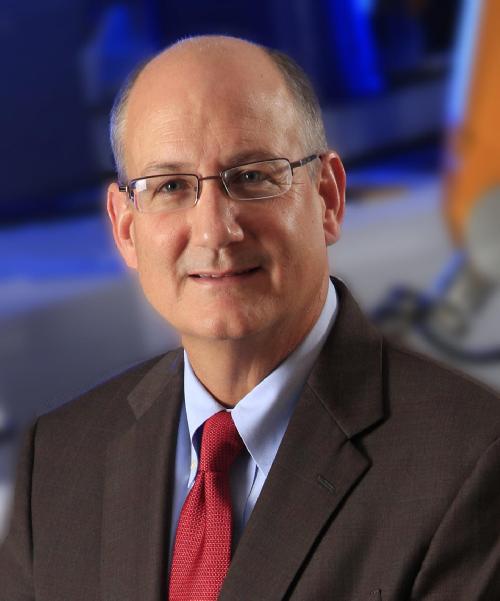La Jolla, Calif., January 28, 2016 - More than 5 million people in the United States suffer from heart failure, according to the American Heart Association. Less than half of those with heart failure live five years after diagnosis.
New research from scientists at Sanford Burnham Prebys Medical Discovery Institute (SBP) published yesterday in the journal Circulation, may help doctors intervene earlier in the disease and may lead to a new approach to treat heart failure.
Heart failure is the inability of the heart to pump sufficient blood to supply the body with oxygen. It can be caused by factors including high blood pressure, a previous heart attack, diabetes or family history. Most of the treatments for heart failure are aimed at the later stages of disease.
 Dr. Kelly is the Tavistock Distinguished Professor and Scientific Director of SBP's Lake Nona Campus. Credit: Sanford Burnham Prebys Medical Discovery Institute
Dr. Kelly is the Tavistock Distinguished Professor and Scientific Director of SBP's Lake Nona Campus. Credit: Sanford Burnham Prebys Medical Discovery Institute
The new study, led by Dan Kelly, M.D., scientific director of SBP's Lake Nona campus, provides fresh molecular insight into heart failure and may eventually lead to new therapeutic targets to prevent or slow progression of the disease.
"Our research shows that as the heart fails, it loses its ability to burn fatty acids--the building blocks of fat--and instead starts using ketones as an alternative fuel. It's almost like the heart is starving because it doesn't have the enzymatic machinery to burn fat anymore," said Kelly.
To better understand what metabolic changes occurs in place of fatty acid-burning, in the new study, Kelly's team studied well established mouse models of both the early stage of heart failure, and heart failure itself.
The research team analyzed the proteins in the cells of the heart muscle to identify enzymes involved in metabolizing fuel that may ultimately become targets for therapies.
They found that levels of an enzyme involved in ketone metabolism, known as BDH1, were twice as high in both early stage and heart failure mice compared to normal animals.
"It was bizarre that BDH1 was increased in the failing heart, because this was an enzyme that was involved in burning ketones," Kelly said. "You find it more in brain and liver, but you wouldn't expect it to be very active in the heart."
The new results suggest a heart in the midst of failure, has the ability to reprogram itself to take in more ketones and use them.
"If we can prove that's true in animal models, then we might think about ways to modulate this fuel switch in the early stages of heart failure as one of several types of treatments for heart failure," Kelly said. "There is not going to be one magic bullet."
The new findings offer good news for potential treatments, as the prevalence of heart failure in Americans is expected to increase 46% by the year 2030.
source: Sanford-Burnham Prebys Medical Discover Institute